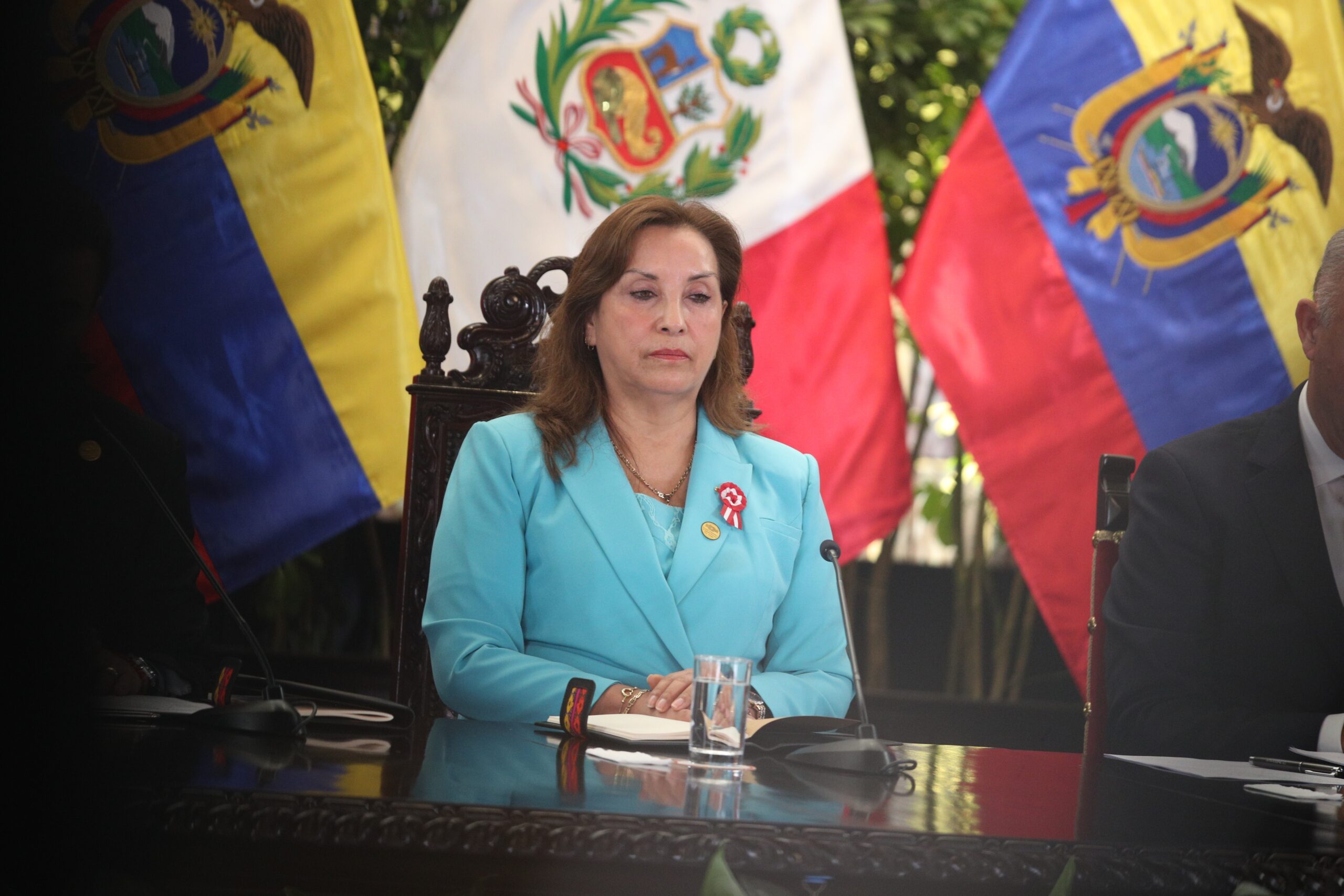Motion of Vacancy: The Peruvian Congress Mechanism to Remove Presidents

On October 9, Peru’s Congress approved four motions of vacancy for “permanent moral incapacity” filed against President Dina Boluarte, with 122 votes in favor out of 130 legislators. As a result, Boluarte was removed from office, and José Enrique Jerí Oré, president of Congress, assumed the presidency on an interim basis for the remainder of the constitutional term, which runs until July 28, 2026.
The case came as little surprise within Peru’s political context, marked by deep institutional instability, frequent presidential changes, governance crises, and corruption scandals. This cycle began on March 23, 2018, with the resignation of Pedro Pablo Kuczynski. Since then, Peru has had seven different presidents, most of whom assumed office through constitutional succession.
A Brief Recap of Peru’s Presidents
Although the fall of Alberto Fujimori in 2000 marked the end of an authoritarian regime and the start of a democratic transition, most subsequent presidents failed to complete their terms, following one of three paths: resignation, removal, or criminal investigation.
2016–2021:
Pedro Pablo Kuczynski took office in 2016 but resigned in 2018 amid a corruption scandal involving the Odebrecht company. He was succeeded by Martín Vizcarra, who also faced corruption allegations and was removed in 2020 despite strong popular approval. Manuel Merino served for only six days before resigning amid mass protests. His short-lived presidency was followed by Francisco Sagasti, who completed the term.
2021–2022:
Pedro Castillo, a rural teacher, won the 2021 presidential elections. His administration was marred by conflicts with Congress and corruption accusations. In December 2022, he attempted to dissolve Congress — widely seen as a self-coup — and was subsequently removed and arrested.
2022–2025:
Dina Boluarte assumed the presidency after Castillo’s removal, becoming Peru’s first female president. Her government faced protests and corruption accusations. In October 2025, she was ousted by Congress amid rising insecurity and plummeting approval ratings. José Jerí then assumed the presidency on an interim basis.
The Motion of Vacancy
The vacancy of the Presidency of the Republic of Peru is established in Article 113 of the Political Constitution. According to this article, the presidency can be declared vacant under several circumstances: the president’s death; permanent moral or physical incapacity declared by Congress; acceptance of the president’s resignation by Congress; or leaving national territory without congressional authorization or failing to return within the set time.
The “permanent moral incapacity” clause — used several times by Congress — serves as a vaguely defined political control tool. It can be triggered easily and exerts pressure on the Executive even before the final vote. On the other hand, the president is constitutionally empowered to dissolve Congress, feeding a cycle of confrontation. This dynamic has been described as a “parliamentarized presidentialism”: both branches of power act as checks on each other but also create mutual deadlock. Escalating the conflict often costs less politically than negotiating long-term agreements.
This is compounded by a highly fragmented Congress, where party discipline is inconsistent. In such a system, an unpopular president lacks a stable party structure to sustain their government, accelerating institutional crises.
With just six months remaining before Peru’s general elections — scheduled for April 12, 2026 — and growing social unrest, key questions arise:
Can the country rebuild institutional strength to guarantee governability and the rule of law?
How can Peru restore public trust in its institutions and strengthen the link between representatives and citizens?
